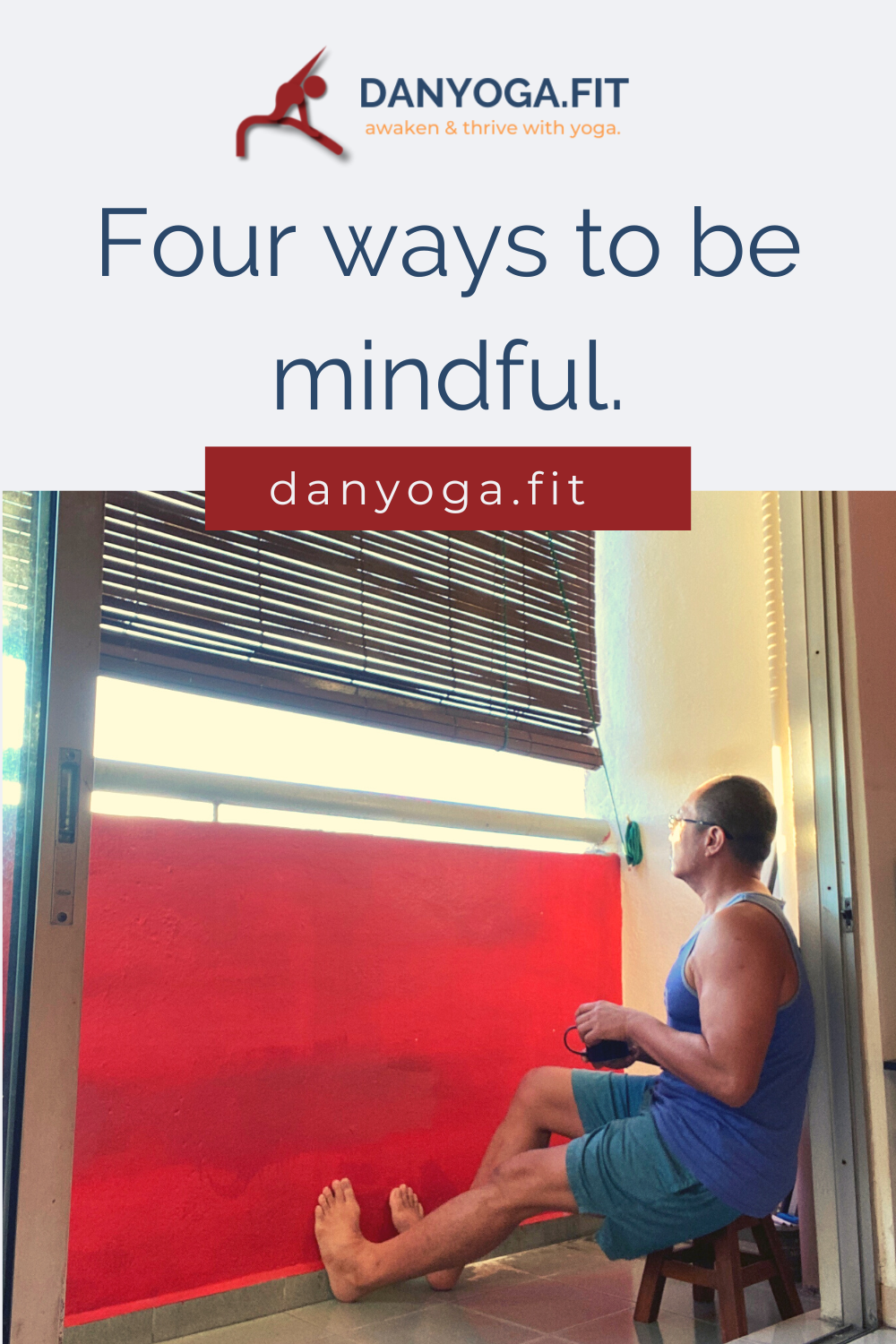Mindfulness has been said by Thich Nhat Hanh as the foundation for health. Mindfulness is a frame of mind, and can be incorporated into anything and everything we do. It has been scientifically shown to help to:
- reduce anxiety
- reduce age and race bias
- prevent and treat depression
- increase body satisfaction
- improve cognition, and
- reduce distraction to the brain,

Practising mindfulness helps to expand the experiences of our day, of our life. In any one moment, it’s not just the anger or stress or frustration that exists, but also the sensation of the ground under our feet, the smell of flowers around, the sound of quiet music, wherever you may be. We always have our sensations to fall back on in any given moment.
And this helps not only expand the experience, it helps us to distance ourselves from any negativity or unskilful reactions that may arise within us.
But first, if you haven’t already, check out the following blog posts on mindfulness:
And as a bonus:
If you find a sitting practice difficult to fit in, we can use our senses to connect with mindfulness. Here are four simple ways you can connect with mindfulness in your daily life.
Touch and feel.
Kinaesthetic options are the best way to be mindful. It is exactly (not even similar) to the grounding practices discussed below:
Aside from the feet awareness discussed in the blog posts above, we can spend moments when we immerse ourselves in bodily sensations. We can bring all our awareness to our prayer beads as we meditate, immerse ourselves in the sensation of feeling the fur under our palms as we stroke our pets, we can even have awareness of the sensation of how our computer keyboard feels under our fingertips as we work.
When we bring our awareness to sensations, we should focus on the ‘what’ and ‘how’ – rather than the why. The ‘why’s of the matter always takes us on. a ride – “Why does my butt hurt as I meditate?”, “Oh, because I did this and that which is what caused it to hurt. I really should be more careful next time,” and the story can go on and on.
All it requires is a few moments of mindfulness to the sensations of our body to help dispel our daily stresses and immerse in what is before us.
See and observe.
Mindful seeing is always also available to us (provided we are blessed with sight). We can spend a few moments practising this visual exercise at any time of day, even in the office. For example, we can just view everything of a certain colour, or we can observe inch by inch of a desk we see in the distance.

Again, just like mindful feeling, we do not engage with the ‘why’. We just observe and notice what we see: the colours, the perspectives, the textures, the angles. There are many things we can observe without engaging with the ‘why’ or ‘how come’.
Taste, eat, drink.
Like the feeling and seeing, we can make. a mindful practice of our eating or drinking experiences. In fact, there are mindful practices surrounding tea ceremonies (check it out here).
Whatever you are tasting, see if you can dismantle the tastes and flavours (or in Sanskrit ‘rasa‘), see what emotions arise with each flavour, spend time experiencing the textures and how they meld and blend with the tastes. You can even see if there are the six rasas of Ayurveda in your meal (read more here).

As with other mindfulness practice, just taste, chew, observe and notice. Leave the ‘why’s aside for later reflection or journaling, if you wish.
If your mind is expansive and unfettered, you will find yourself in a more accommodating world, a place that’s endlessly interesting and alive. That quality isn’t inherent in the place but in your state of mind.”
Pema Chödrön.
Solicitous smelling.
Our sense of smell is closely associated with taste, but there is a difference. We can immerse ourselves with the aromas or odours around us, for example, with the smell of a certain incense, as I am doing here.

Even an unpleasant smell can be an exercise in mindfulness, seeing what emotions arise because of the stink.
As ever, just notice, observe, name the smell or emotion arising from the smell and leave it at that.
In mindfulness one is not only restful and happy, but alert and awake. Meditation is not evasion; it is a serene encounter with reality.”
Thich Nhat Hanh
And, of course, we can always practise mindful hearing as well, in exactly the same way we practise with the other senses.
The Miracle of Being Mindful.
Mindfulness brings into our lives expanded moments, far richer than just the emotions or reactions that occur. We can bring ourselves to joy, or we can shunt our emotions to unhappiness. We can even move into neutrality. Mindfulness gives us the option.

From mindfulness, we can perhaps begin a relationship with equanimity, which helps us get through all the trials, crises and disasters that life may bring to our doorstep.
If you need a quick introduction to how to begin your mindfulness in the morning, check out the video course below. If you have questions, please do contact me! I am more than happy to be of service to you!

Expand your mornings with the Mindful Mornings mini-course below!
Included in the course:
- Yoga movement
- Morning meditation
- Mindful activities for the mornings
